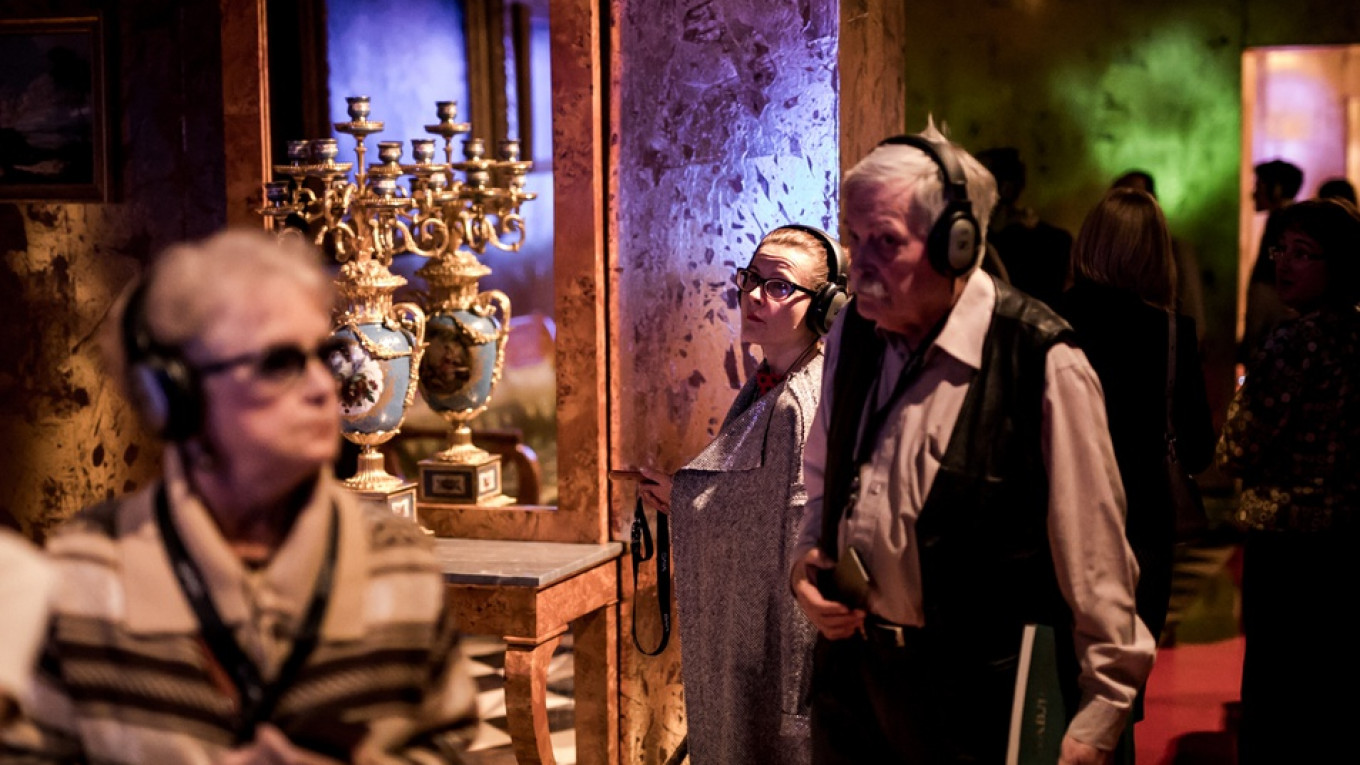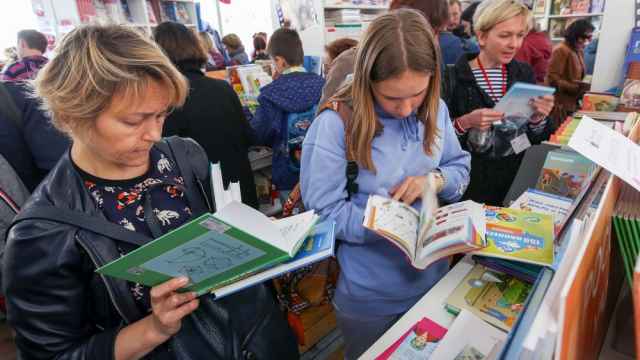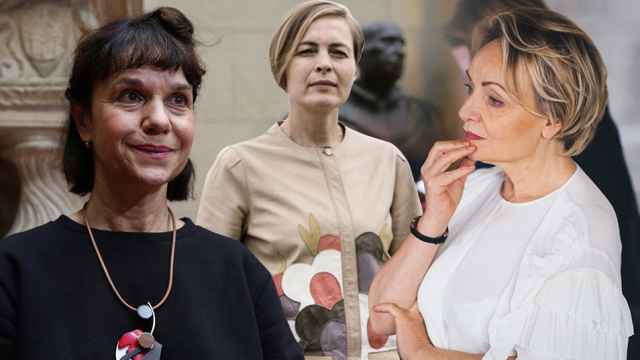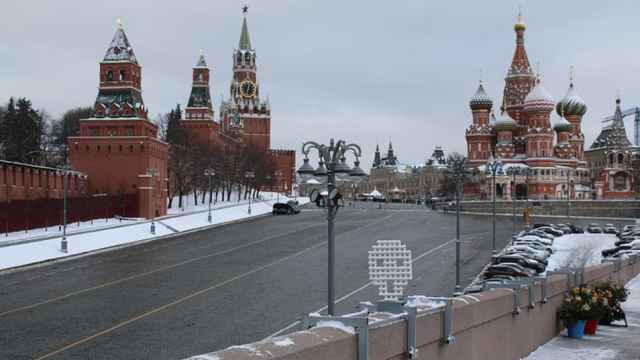If you happen to be in St. Petersburg over the next few weeks, don’t miss a unique exhibition project at the Manege Exhibition Hall. Called “Khranit Vechno” (To Keep for Eternity), the project brings together museum and theater in one seamless experience to tell the story of four palace-parks located around St. Petersburg: Peterhof, Tsarskoye Selo, Pavlovsk and Gatchina.
The palaces and the parks around them were designed by the best architects of their time and filled with unique art collections. After the October 1917 Bolshevik Revolution, the tsar's property was nationalized. And so about one hundred years ago these suburban imperial residences were gradually transformed into public museums. “To Keep for Eternity” is part of the program to celebrate this anniversary.
“To Keep for Eternity” is a collaboration between director Andrei Moguchy — a pillar of St. Petersburg theater and the art director of the Tovstonogov Bolshoi Drama Theater (also known as BDT) — and Vera Martynov, formerly the artistic director at Gogol Center and art director of the New Space at the Theater of Nations. Both are winners of Golden Masks, the highest award in Russian theater. Martynov also has the "Innovation" contemporary art award under her belt.
“To Keep for Eternity” tells the story of four suburban museums through the language of modern theater. While two hundred original items from the funds of the four museum-palaces constitute an important part of the exhibition, the narrative here takes center stage. It organically combines light, sound, and multimedia, creating an experimental, somewhat immersive experience for the viewer.
Music for the performance-exhibition was written by the Petersburg composer Vladimir Rannev, one of Russia’s foremost academic composers, known for the scores he wrote for two hit productions at Moscow’s Electrotheater.
The narrator is an imaginary character who grew up at the palace in Tsarskoye Selo and then became a curator at the Peterhof palace museum. The narrator’s voice belongs to Alisa Freindlich, one of the most celebrated Soviet/Russian film and theater actresses, who’s already in her 80s, but still very active. Just last year she starred in “Bolshoi,” Valery Todorovsky’s latest blockbuster about the theater.
The fictional character talks about historical events like the civil war, the death of Lenin and real personalities like Anatoly Lunacharsky and Joseph Stalin or the first heads of palace museums. But these are intricately intertwined with her personal emotions and the events that take place in her family, like the arrest of her parents. The ideology keeps changing, the palaces are renamed: Tsarskoye Selo becomes Detskoye selo, while Pavlovsk - Slutsk. The girl recounts the first proletarian visitors who leave dirt all over the pristine palaces.
From the former royal residences the viewer is taken to newly founded Soviet “culture parks” — “workers’ paradise.” The former palaces and other buildings in the parks now host a multitude of events and some are turned into workers’ clubs or even summer camps with great damage to historical buildings. The curator’s tales are illustrated by a multi-channel video installation. Meanwhile, Stalin’s purges begin and many of the curator’s colleagues are arrested as some archive photos are destroyed.
Then the viewer is immersed in preparations for a large-scale evacuation of the collections at the beginning of WWII. The museum staff packs crates nonstop, day and night. Peterhof, just 15 minutes from the front lines, is being shelled. A decision is made to bury park statues with documents listing all the details about them. Then the German occupation begins. Whatever can be evacuated is housed in the basement of St. Isaac’s Cathedral in St Petersburg.
Freindlich herself survived the 900-day-long Siege of Leningrad and thus is a fitting narrator for the tales of hunger and desperation during that time. The stories are accompanied by an installation of a festive table, laden with all the foods that were unavailable for Leningrad residents.
When the siege was lifted, the damage of the war was revealed. Gatchina and Pavlovsk were destroyed by fires, the Catherine Palace in Tsarskoye selo by a bomb. Statues were riddled with bullets and there were booby traps in the parks that needed to be de-mined. Museum staff members and residents themselves started clearing away the rubble. The narrative ends on that optimistic note with Freindlich explaining the meaning of the exhibition’s title. “My dad and I had an oath — to keep for eternity,” she says, referring to the legacy of royal residencies.
The exhibition runs until October 8.
1 Isaakievskaya Ploshchad. www.manege.spb.ru






